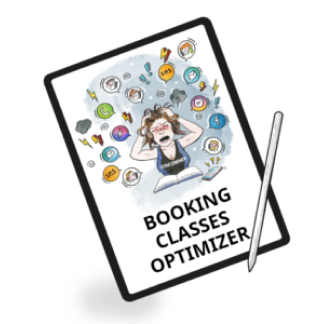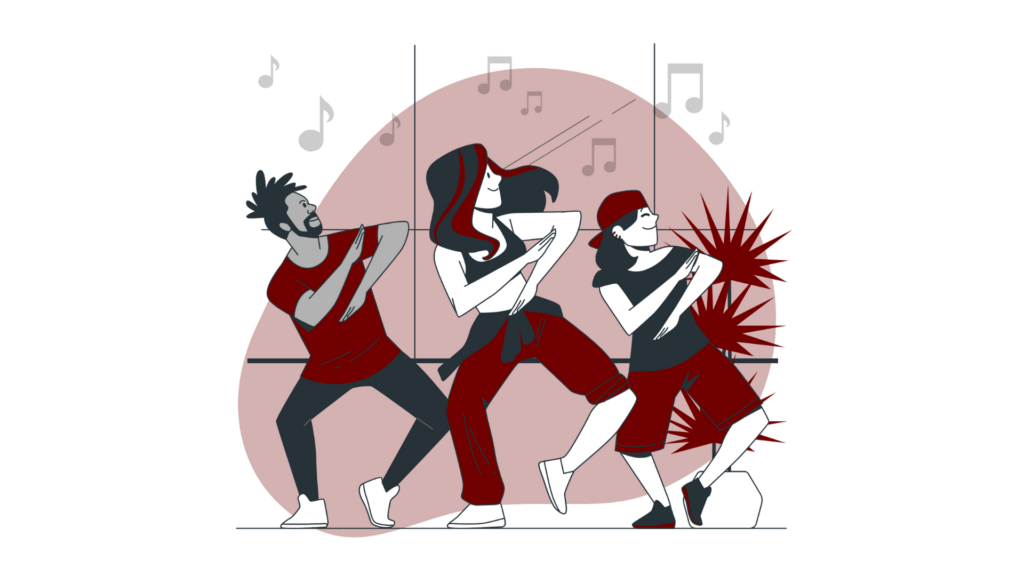Your career after you know how to start a dance studio and you already did it, can really bring profits. But first it requires a well-thought-out business plan. BP is a document that will help you understand what steps you need to achieve success at your dance studio.
This article will discuss how we design a plan for a dance school from the scratch. Could be creating a new dance studio or improving an existing one.

Download: Free Dance Studio Plan Template
What is a dance studio business plan?
A dance studio business plan is a document that describes planned activities, goals, and strategies for a new or existing dance studio. It is an important document for anyone who wants to open or develop their own dance business and implement an effective dance studio management.

How to write a dance studio business plan (Step-by-Step)?
- Step 1: Gather answers to important questions from the list below before starting.
- Step 2: Are you opening a dance studio with an innovative business model? It is better to wait to start writing a business plan immediately to verify whether this model can succeed. Does the dance studio have a traditional business model (e.g., hour-scheduled group rehearsals) already existing in the market? You can skip this step and create a business plan immediately.
- Step 3: Create a dance studio business plan using the ready template described below.
- Step 4: Review the business plan every month in the first months of running the dance studio, and at least once a year in subsequent years. A BP is a living document that will help your place grow.
What to remember when creating a dance studio business plan?
- Write short and concisely. Be specific.
- Use numbers for calculations.
- Assume black scenarios. The blacker you assume, the more positive the surprise
- In the first months of the dance studio’s operation, work with the BP daily and update calculations and assumptions.
- Once the dance studio is stable and has reached the so-called break-even point, return to the business plan at least once a year.
- Discuss the business plan with your team. You will build a unique commitment this way.
- The business plan is for years. The document should be updated regularly.

Where to start writing a dance studio business plan? (10+ questions to start with)
Start writing your document by answering a few important questions. The questions help you create a good business plan when you are not sure yet how to start a dance studio and, above all, help you design a business that perfectly suits your needs:
- Why do you want to start this dance place?
- How much would you like to earn per month?
- How many clients do you plan to serve per month?
- What kind of studio do you want to run? (e.g. group rehearsals of a given dance style, specialized dance studio for one kind of clientele, etc.)

- What kind of service will you offer? (on-site, online, mixed).
- What area will you operate in?
- Who will be your client?
- How many direct competitors are there where you want to operate?
- How will your studio stand out?
- How will you manage your danse school? What gym management software do you choose?
- Who do you need to hire to start a dance studio? Do you plan a gym staff management software?
- What metrics will you keep track of? (e.g. retention rate, customers opinions, your groups winning dance competition?)
- What will your place look like inside?
- What will the atmosphere of your studio be like?
- What will your dance offer look like?
- What will your gym pricing strategy be?

Recommendation
Remember that a sample of your dance classes can attract potential customers. A well-performed meeting will help you sell your idea. The instructor’s performance and place’s image are your #1 sales tools.

What to write a business plan for?
- A business plan is an action plan. You will stop dreaming and start turning your idea into a real dance studio business plan.
- Running a business is working in a company. Creating a plan is working “on the company,” i.e. its design and improvement.
- A dance studio business plan will allow you to verify your assumptions. You will observe it in a year, two, or five years. It’s satisfying to watch how your experience grows every year.
- Writing this document allows you to translate your vision into a specific project and action plan. It also allows you to rethink what you still need to refine.
- A business plan forces you to be specific. If you don’t know the answers to questions in our guide, you may be blind in this area, which is very risky.
- If you already run a dance studio and don’t have a plan, fix this mistake. Every studio should have some sort of ideas for the present and future actions.
When is it worth writing a business plan?
Yes, always! You plan to open a successful dance studio, right? Don’t doom it to failure. Have the main ideas written down and calculated. Remember to verify them regularly too. Only an analysis of the studio’s results (read more about gym reporting) and planning the next moves (in the form of a business plan) allows you to have full control over the dance studio.
Of course, the external motivation is looking for an investor or support (then you are forced to create this document)
Helpful resources when creating a dance studio business plan
- 50 Best Fitness Marketing Strategies (How to Market a Gym in 2024)
- How Much Does It Cost to Open a Dance Studio (2024)
- Choosing a software for a dance studio
Free dance studio business plan template
A typical dance place business plan example includes:
- Executive summary for the studio
- Dance studio description
- Market Analysis, Location Analysis
- Market analysis
- Competition analysis
- SWOT analysis
- Investment plan (Cost Analysis, Financial Analysis)
- Investment costs (one-off to start)
- Operating costs (fixed monthly costs)
Financial Projections - Profit and Loss Account
- Break-even analysis
- Sensitivity analysis
- Team (Employees, Founders)
- Founders
- Employees
- Dance studio marketing plan
- Company description of the vision for further development of the studio

1. Executive Summary
The summary of the dance place business plan should include:
- Mission statement, vision, and values.
- Description of the studio concept.
- Why will this idea be a success?
- How do you want to implement this plan?
- Costs.
- Profits and return on investment.
The executive summary should be written at the end after you have written your entire dance studio business plan. The executive summary wraps the business plan up. It provides the reader with the most important information in a very concise form (max. 600 words, i.e., about 1-2 pages). Discuss only the key aspects of your business idea. Use points!
2. Description of the dance studio
This section aims to show you the details of your studio. It should not lack the following elements:
1. Mission statement and vision
- Mission: why do we exist?
- Vision: what we want to achieve in 1, 2, and 5 years.
2. Structure
- Business Type: Is your studio a sole proprietorship, partnership, or other business?
3. Dance studio concept
- Dance studio name (get inspired by this list of gym names).
- Studio type: specify the type of dance studio, e.g. traditional dance studio, group rehearsals for teenagers, online training studio, etc.

- Specific location: write exactly where your new studio is (or could be) and why you chose this place.
- The style of the place: what will be the colors, atmosphere, decorations, music, etc.
- Ways to meet the customer: only on-site, only remotely, both ways.
- Hours of Operation: What hours will the place be open? Why are these?
4. Offer
- Your offer is surely connected with your experience and skills. But remember to be creative and have 1-3 differentiators from the competition (Unique Selling Points).
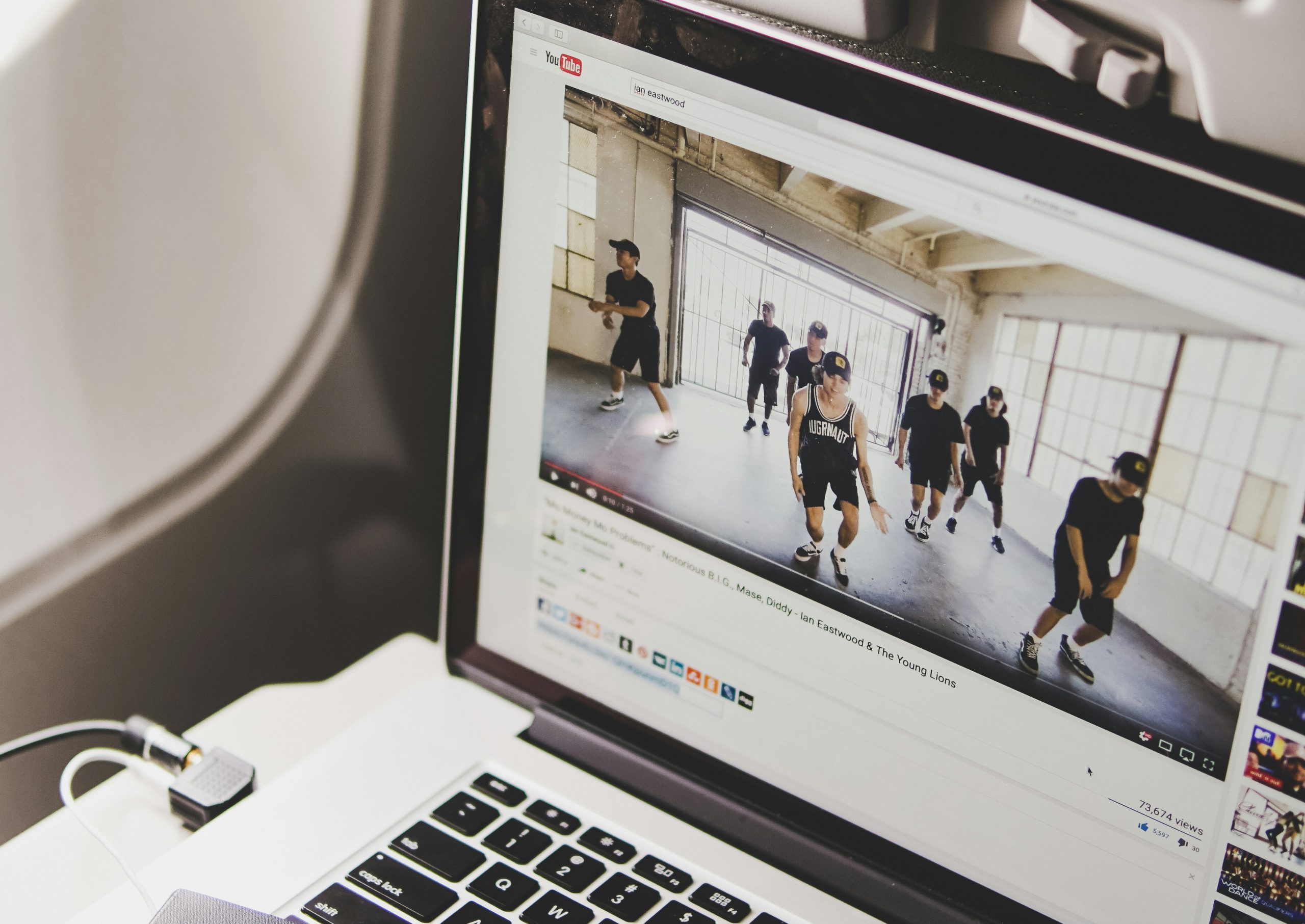
3. Market research and competition analysis
You should thoroughly analyze the space to create your premises. Oh, unless you are introducing real innovation to the market – or maybe especially then What needs to be observed? Analyze the market and competition, focusing on the following:
Market analysis
Customers are the key to any dance studio’s success. Knowing their demographic structure, preferences, and training habits is critical to a business plan.
- Target market for a dance studio: Think about who your customers will be. Consider their age, interests, expectations, and how to reach them.
- Needs in the market: Describe the market’s needs and how your dance studio will meet them.
- Target Audience Size: Determine the number of potential customers in the market you intend to target.
- Market trends: Use credible information to show that people will be interested in your dance studio idea. Find out current trends and how the dance business is developing.
Competition analysis
Check out other dance studios that are or could be your competition.
- Is there any other dance school or dance center in your area? Make a list of them.
- Revenue and number of customers they can achieve: Estimate how much such dance studios can earn
- Offer and prices: Analyze what these places offer and what is their pricing. Try to calculate their revenue cost (it is how much you need to spend before you start earning).
- Competitor marketing activities: See what makes them successful and their weaknesses.
- Competitive advantages: What will be your advantage?
SWOT analysis The abbreviation comes from the words: S for Strengths, W for Weaknesses, O for Opportunities, and T for Threats. Fields S and W are related to the dance studio’s launch situation. While the O and T fields are related to the success of your project in the future. It is worth conducting such an analysis in the form of a table:
| Positive | Negative | |
|---|---|---|
| Inside | Strengths – – – | Weaknesses – – – |
| Outside | Opportunities – – – | Threats – – – |
4. Investment plan (cost analysis)
In this section, you will present the costs associated with the initial investment and the spending plan for the first year of operation.
List the costs, dividing them into two groups:
- Investment costs (one-off to start).
- Operating costs (fixed monthly costs).
After opening a dance studio, verify the costs regularly, preferably once a month.

Investment costs include, among others:
1. Rental or purchase of the real estate.
2. Renovation and adaptation of the dance facilities.
3. Purchase of exercise equipment dedicated to particular dance styles.
4. Purchase of room furniture and equipment:
- Chairs
- Reception Desk
- Lighting
- Unified Work Clothes for the staff (if you plan it)
5. IT software and hardware:
- gym POS software.
- Payment terminals
- Computer hardware for the POS system
6. Marketing and promotion costs:
- Logo
- A website with online booking
- Flyers
Regarding point 5 and 6, take into account a very important monthly purchase, which will however save your time and money finally. It’s a dance studio management software. You can compare some of the software providers on the market to meet the best gym management software. Yet, what we recommend is WodGuru. With its reasonable price, many useful features, amazingly helpful support and nice cartoon visual identity.
7. Insurance of the premises and equipment, suggesting insurance to dance students too.
8. Organizational and legal costs (e.g., regulations, documentation).
9. Costs related to permits and licenses (e.g. license to conduct dance training sessions according to a patented pattern and name).

10. External training costs.
11. Operating costs.
12. Rental of real estate (if the premises are rented).
13. Utility charges:
- Electricity.
- Gas.
- Water.
14. Staff wages: dance instructors, receptionist, additional workshop teachers etc.
15. Purchase of additional items like finger food and drinks.
16. Equipment maintenance and servicing costs.
17. Service charges:
- Cleaning.
- POS system support.
- Online booking system.
18. Employee insurance.
19. Marketing and promotion costs:
- Online and offline advertising.
- Printed materials.
- Running social media.
- Website positioning (SEO).
20. Taxes and fees.
Dance Studio Website Builder
Create Your Own Dance Studio’s Website in Minutes
Use WodGuru website creator to craft a site that turns visitors into customers. Don’t hesitate to contact WodGuru now!
How to finance the opening of a dance studio?
The biggest problem for a novice dance studio owner is finding financing for the first business. Think about:
- taking out bank loans,
- receiving subsidies — a business plan will even be necessary to receive them
- loans from friends or family.
Remember about the black scenario. What will happen if your business fails and you have to return the borrowed money? But also what to do to prevent this from happening? Assess, which costs at the beginning of your dance school are inevitable. How high the margin you have to impose on the training performance? This is the key to assessing the chance of return on investment in the dance studio.
5. Financial forecast
- Projected profit and Loss Statement: Shows what turnover and profits you will generate.
- Break-even analysis: Shows when a dance studio will become profitable.
- Sensitivity analysis: Shows what happens to turnover and profit in negative scenarios. E.g. 50% decrease in turnover for three months.
Profit and Loss Account You will need to estimate the value of the sale considering the size of your dance studio, target market, sales volume, and revenue cost.
How much do dance studio owners make according to your predictions and these data? The easiest way to prepare a profit and loss account is in the form of a table:
| Months of running a business | Month 1 | Month 2 | Month 3 | e.t.c. |
|---|---|---|---|---|
| Number of fitness classes per month | ||||
| Average class value | ||||
| Monthly income (turnover) | ||||
| Variable costs per month | ||||
| Fixed costs per month | ||||
| Profit per month | ||||
| Profit margin (in percentages) |
Break-even analysis
Investors will want to know how much revenue you need to generate each month to break even after all fixed and operating costs are considered. In the analysis, you should show how you intend to generate the necessary revenue, even in difficult months with lower sales.

Sensitivity analysis
It is worth doing it to assess the negative scenarios. When will the other dance studios be stronger, and you will have to lower prices? When do you lose key employees? Or when is there a decrease in sales by 10 or 20% compared to what you assume?
This will allow you to be better prepared for different financial crises and reduce stress when such a situation arises.
Make a sensitivity analysis in the form of a table:
| Problem | How will it affect revenue, costs and profits | How to react | Countermeasure |
|---|---|---|---|
| – – – | – – – | – – – | – – – |
6. Team
Business is people. Describe what your team will look like, dividing it into two groups:
- Founders.
- Employees.
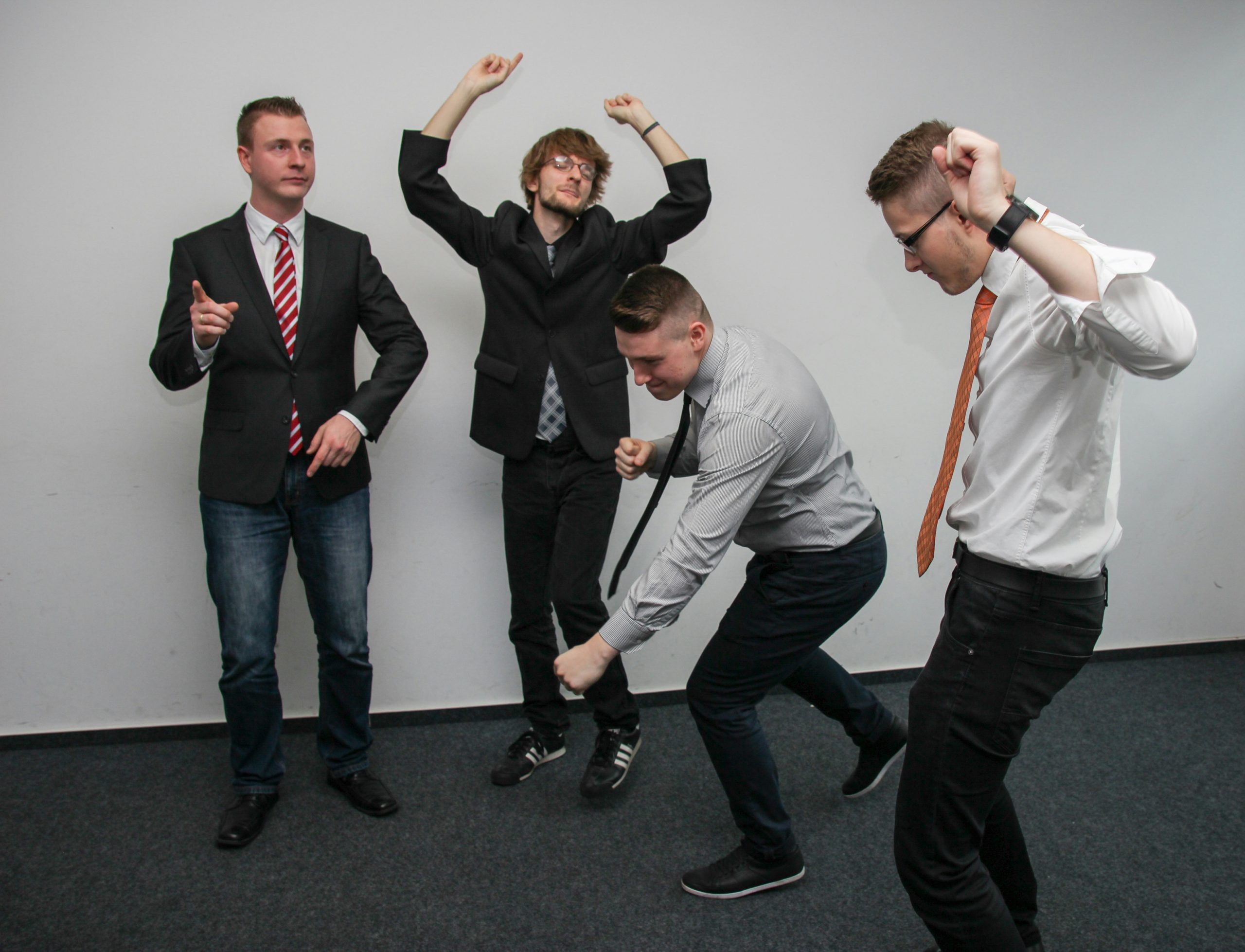
Founders
If you are looking for investors, this area can be critical for them.
Describe the founders:
- List of founders.
- Experience.
- Successes.
Employees
Which positions are necessary for the daily functioning of the premises? Is it the receptionist, a dance instructor, an additional teacher, social media platforms specialist, etc.? Who will suffice as emergency help?
Think about which people you already know with the necessary competencies. Which ones will you have to look for or train as your employees from the beginning? The cost of necessary training should also be included in the dance studio business plan.
Describe the team you need to build:
- List of job titles.
- Duties.
- Remuneration.
- Type of contract.
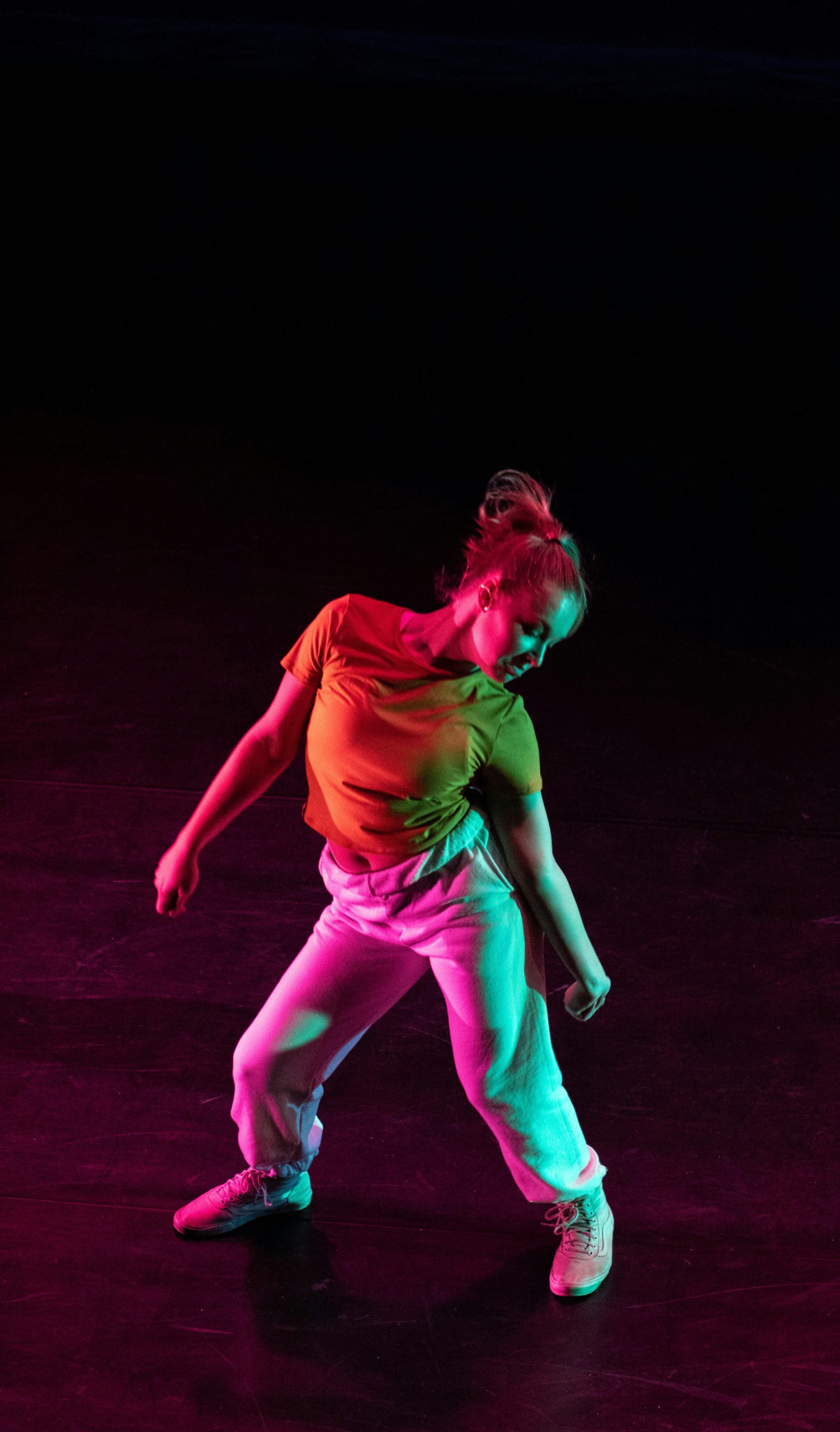
7. Marketing plan
Ideally, your marketing strategy should include the items we listed below. Take into consideration the fitness marketing ideas we wrote about in our another article.

- Brand building (logo, colors, dance studio slogans)
- Building your own website or app (Here you can check how to create a fitness app)
- Selling training sessions or booking online from your own website (as the main way of selling online)
- Launching a loyalty program
- An action list on how you will attract offline customers
- Flyers.
- Radio.
- PR.
- Events.
- An action list on how you will attract online customers
- Will you run social media?
- Will you be implementing dance studio SEO (Search Engine Optimization)?
- Will you add a business listing on Google Maps?
- Will you run email and SMS campaigns, and if so, how often? How will you build your subscriber base?
- Will you be blogging?
- Will you be running a dance studio newsletter?
- Will you be doing paid Google Ads and Facebook Ads?
- Will you be offering promotions? If so, what types?
Dance Studio’s Marketing Tools
Create image of your dance school with ease
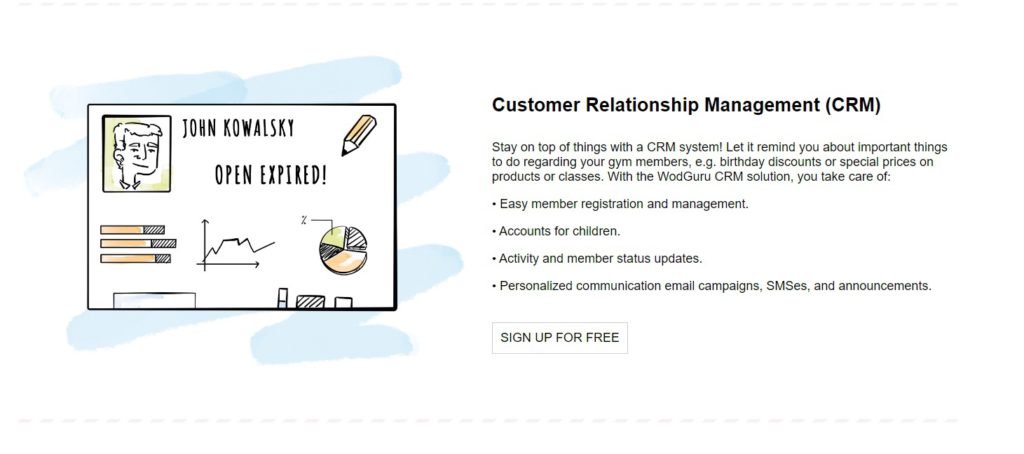
Increase your customers’ satisfaction by using the WodGuru gym CRM system, no expertise required. Sign up for free!
8. A vision of further development
Determining the direction of development is very important at the beginning of your business. When setting dance studio goals you want to achieve in a certain time, you should start with the wider ones, reaching those at the everyday level. It is also worth considering how you want to achieve these goals.

During project execution you need to observe and adapt initial goals. It enables effective management and reduces losses in marketing, service, and other areas. Your dance studio’s written plan should clearly outline the vision and strategies to achieve desired objectives.
Sample dance studio business plan
We created a sample dance studio business plan to help you write your plan. Click below to download an example of a business plan for a dance studio.
Download: Free Dance Studio Business Plan Template
Online Booking System
Let the customers book dance classes online

Set up a class booking software for your dance school’s website in minutes. Boost revenue while saving time.
Key Takeaways
- The business plan describes what your dance studio will look like.
- Create a business plan even if you already run a dance studio.
- Do not outsource writing a business plan to external companies. It is better to ask a fellow owner of a successful dance studio or an external company as a consultant for your ideas.
- Go back to the business plan once a month if you are starting and once a year if you have been operating for several years.
- A business plan is not an artificial document you write once and forget. It is a living document that teaches you how to run a business.
Frequently Asked Questions (FAQ)
How to write small dance studio business plans?
Regardless of the size of the dance studio, the steps of business planning remain the same. Writing a document for a small dance studio consists of preparing:
- Executive summary,
- Dance studio’s description,
- Market analysis,
- Investment plan,
- Financial projections,
- Team,
- Marketing plan,
- Company development description
Do all dance studios need a business plan?
In our opinion: yes, they do. If you are serious about putting your place in the whole dance industry, you must implement a repetitive method of working “on the company”. A BP that is updated every month and year is a way to run a business.
How to open a dance studio without money?
Opening a dance studio with no money can be challenging, but it’s not impossible. Here are some ways to open a studio without enough funds:
- Look for dance studio investors or alternative funding sources.
- Start your online business to get first customers.
- Consider working with other companies.
- Start a smaller business by offering training sessions on demand and develop your brand.
How to promote dance studios?
Promoting a dance studio is key to attracting new guests, increasing sales and retaining regular customers.
A few steps to help you promote your dance studio:
- Create a professional website with an online booking system.
- Take care of social media by posting regularly and encouraging interaction.
- Add your dance studio to popular sites.
- Organize contests and promotions.
- Collaborate with influencers.
- Organize events such as health promoting, competitions or concerts.
- Use paid ads such as Google Ads or Facebook Ads.
- Collect dance studio feedback from satisfied customers.
How much profit does the dance studio make?
A dance studio’s profit depends on many factors, such as location, offer, prices, service quality, and business size. The average dance studio profit margin is between 20 and 30% per year, but it can vary significantly depending on the factors mentioned above.
Why is a dance studio business plan important?
A dance studio business plan is important for several reasons:
- It helps clarify the vision and goals of the dance studio.
- It provides a roadmap for the business.
- It includes financial projections, budgeting, and funding strategies for securing investors or loans.
- It identifies potential risks and challenges, allowing the business to address them proactively.
- It serves as a reference point for decision-making, helping the management team focus on the business’s objectives.
- It can be used to communicate the business idea effectively to stakeholders, including investors, partners, and employees.


